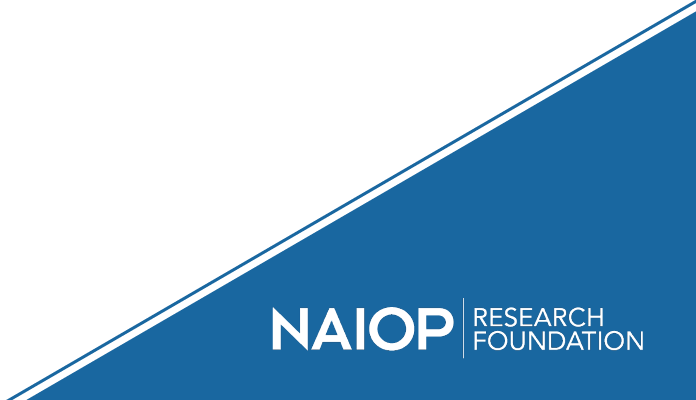
A Development Model for the Middle Ring Suburbs
Release Date: March 2012
The middle ring suburbs of American cities have a valuable strategic asset: at various points, they are highly accessible by private motorized transportation as well as through mass transit. At intersections of public transportation and automotive freeways, there exist highly valuable nodes for retail development. The middle ring suburban zone connects the suburbs to high-density city centers. Unfortunately, the middle ring faces serious urban problems due to a lack of investment over the last 30 years. The goal of this research is to find a mature development model capable of unlocking latent real estate potential within this disinvested zone.
This research provides a development model by first analyzing the complexities of the middle ring development process and then introducing templates for development (retail and others), design (built and infrastructures), and management (multi-actor processes, legal possibilities) that might unlock these sites' potential. The model may allow for the generation of substantial ROI, and the objective is for NAIOP members to do concept development studies using this new model, in order to understand the potential margins. The underlying assumption is that the relative disinvestment of these zones may make them amenable to join in a re-zoning process towards a novel productive vision, if fielded by one developer or a group of developers.

